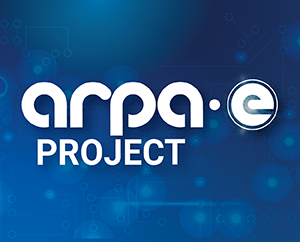Packetized Energy Management

Technology Description:
The University of Vermont (UVM) will develop and test a new approach for demand-side management called packetized energy management (PEM) that builds on approaches used to manage data packets in communication networks without centralized control and with a high level of privacy. The PEM system will allow millions of small end-use devices to cooperatively balance energy supply and demand in real time without jeopardizing the reliability of the grid or the quality of service to consumers. The project will develop the PEM method to optimally manage the rapid fluctuations that come with large amounts of renewable power generation, while simultaneously managing reliability constraints in the bulk transmission and local distribution infrastructure. To ensure UVM’s PEM methods are effective, the integrated system will undergo extensive simulation testing with large-scale hardware implementation for the bulk power grid and an industry-scale micro-grid environments.
Potential Impact:
If successful, projects included in the NODES Program will develop innovative hardware and software solutions to integrate and coordinate generation, transmission, and end-use energy systems at various points on the electric grid. These control systems will enable real-time coordination between distributed generation, such as rooftop and community solar assets and bulk power generation, while proactively shaping electric load. This will alleviate periods of costly peak demand, reduce wasted energy, and increase renewables penetration on the grid.
Security:
Innovations from this program would help the U.S. grid assimilate at least 50% of renewable generation and provide system reliability and resiliency while managing emerging energy generation and consumption patterns.
Environment:
The addition of flexible loads and DERs into the U.S. grid could offset 3.3 quads of thermal generation and displace 290 million tons of CO2 emissions.
Economy:
Using the NODES approach to integrate flexible loads and DERs into the grid could replace 4.5 GW of spinning reserves (i.e. generation capacity on stand-by in case of outages and unforeseen intermittency), a value of $3.3 billion per year. A more efficient and reliable grid would help protect U.S. businesses from costly power outages and brownouts.
Contact
ARPA-E Program Director:
Dr. Mario Garcia-Sanz
Project Contact:
Prof. Mads Almassalkhi
Press and General Inquiries Email:
ARPA-E-Comms@hq.doe.gov
Project Contact Email:
malmassa@uvm.edu
Partners
Michigan Technological University
Related Projects
Release Date:
02/04/2015
